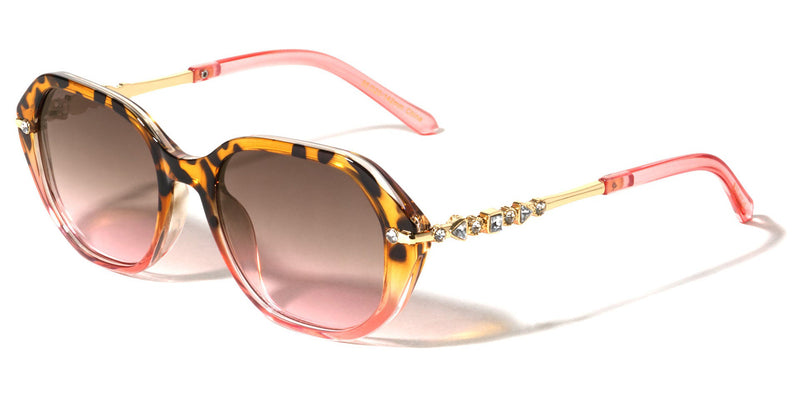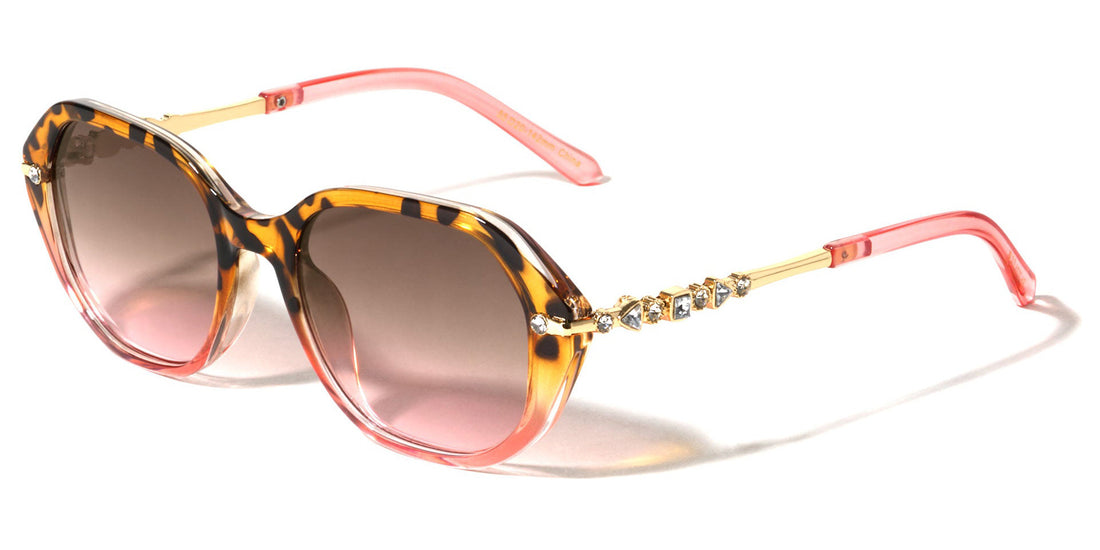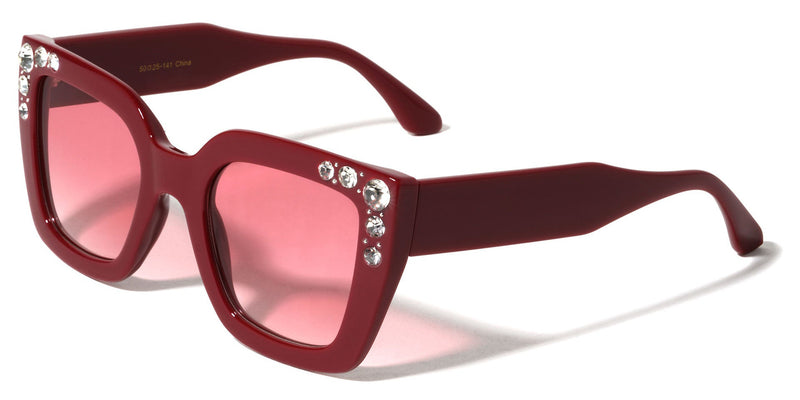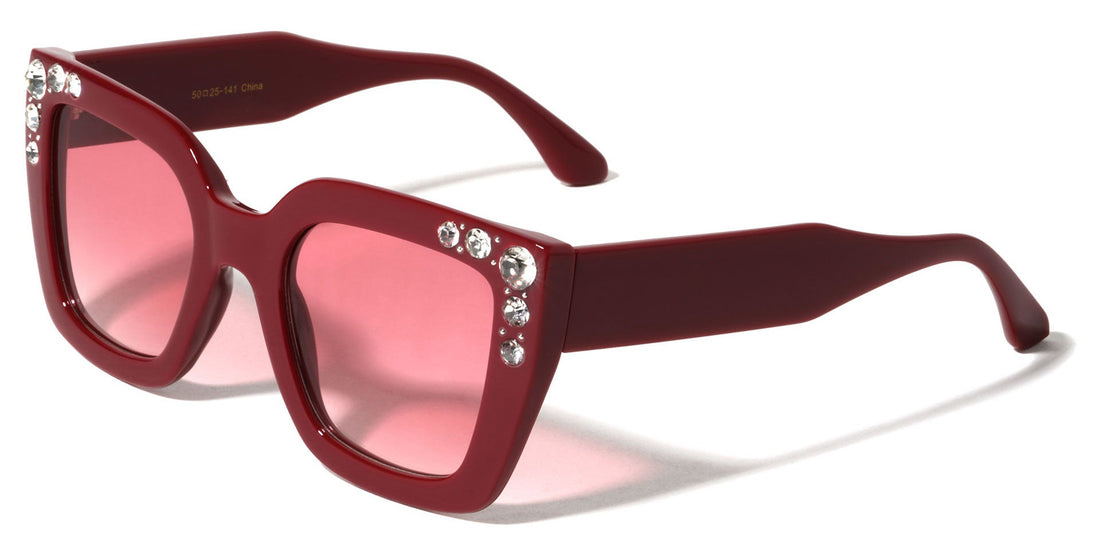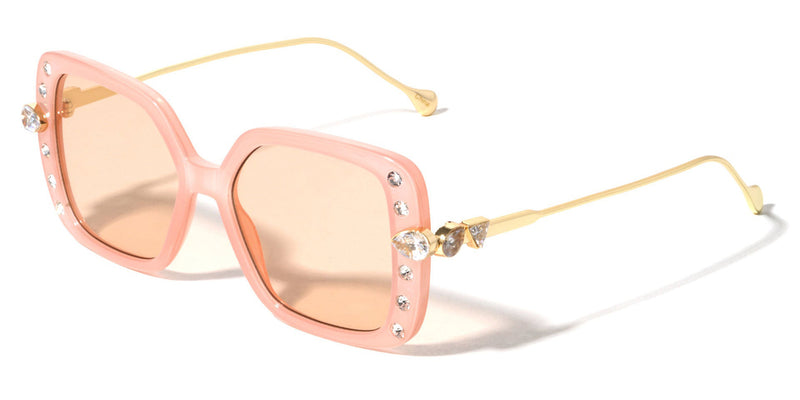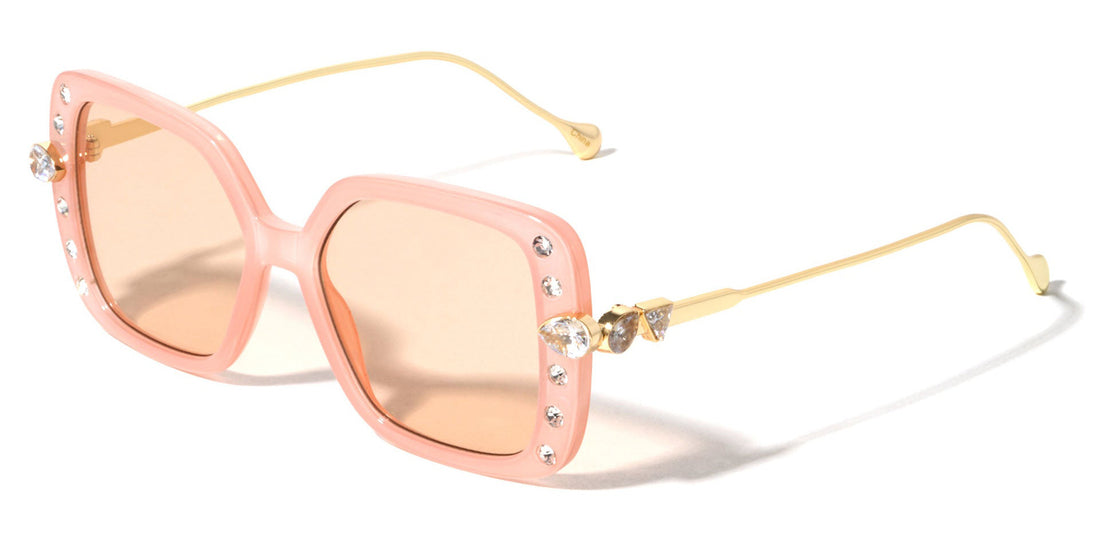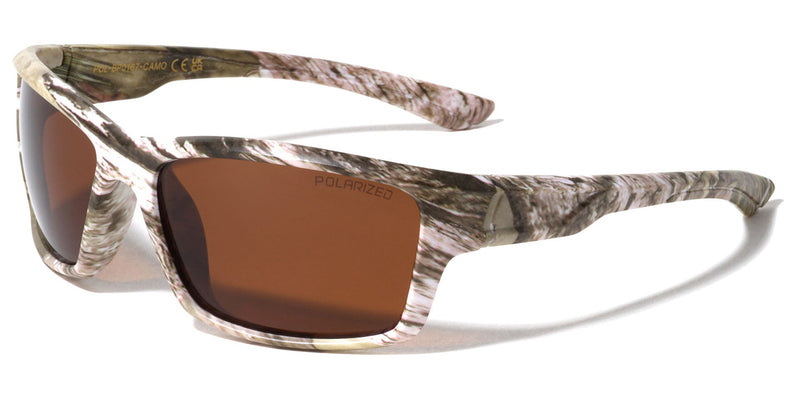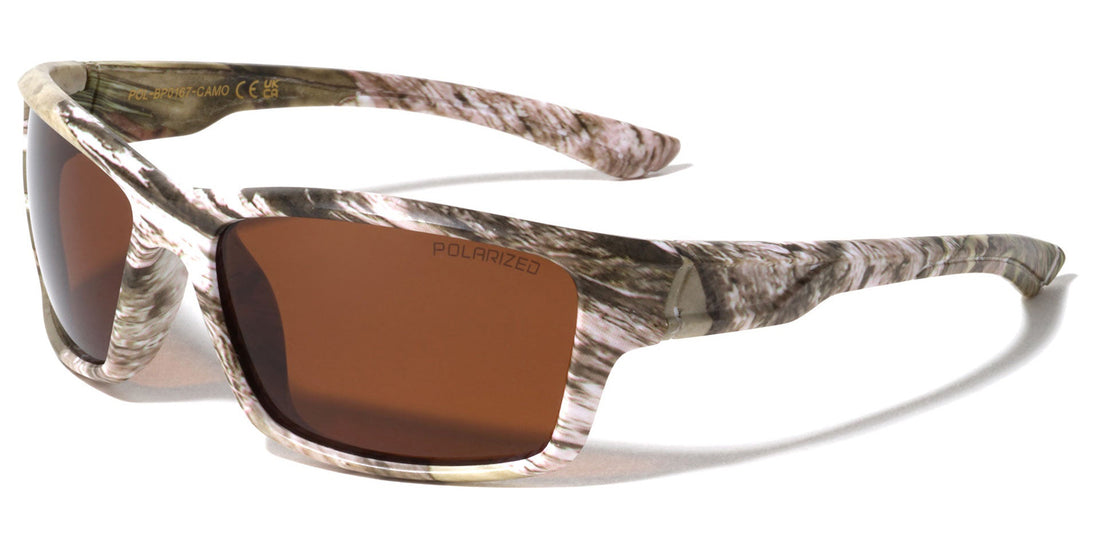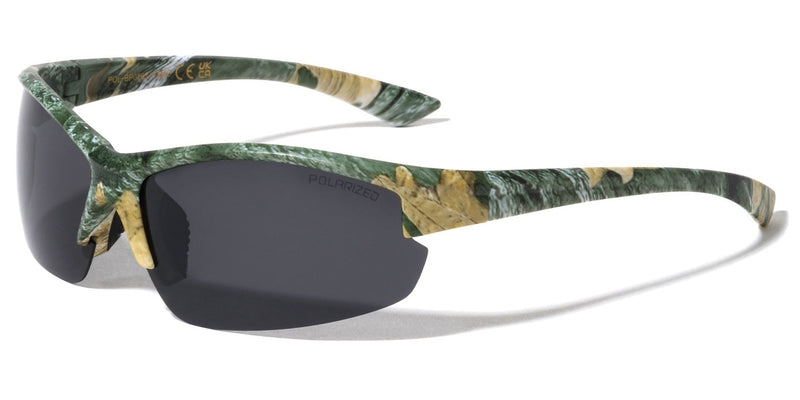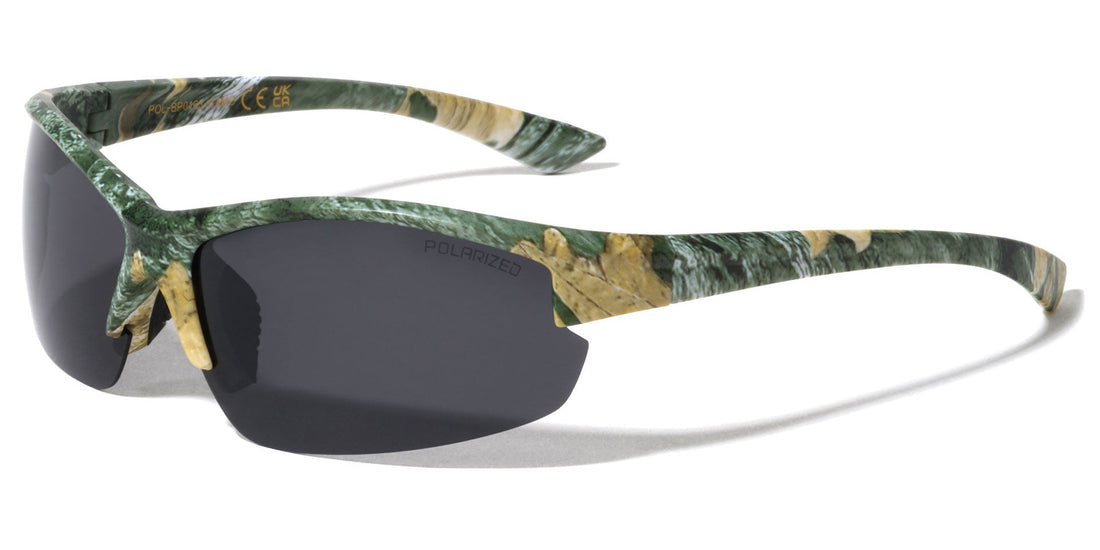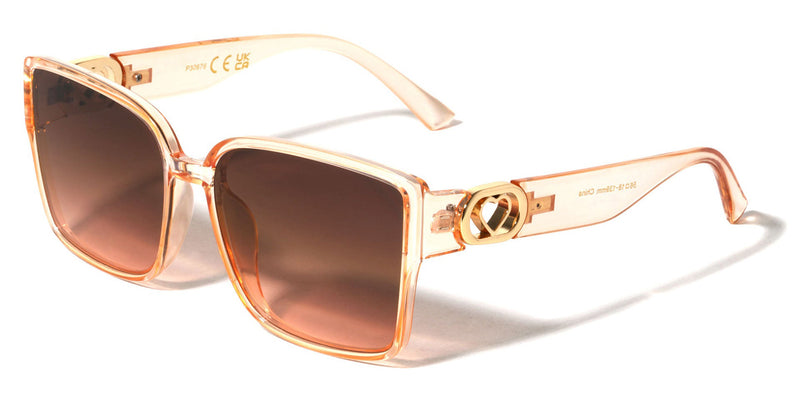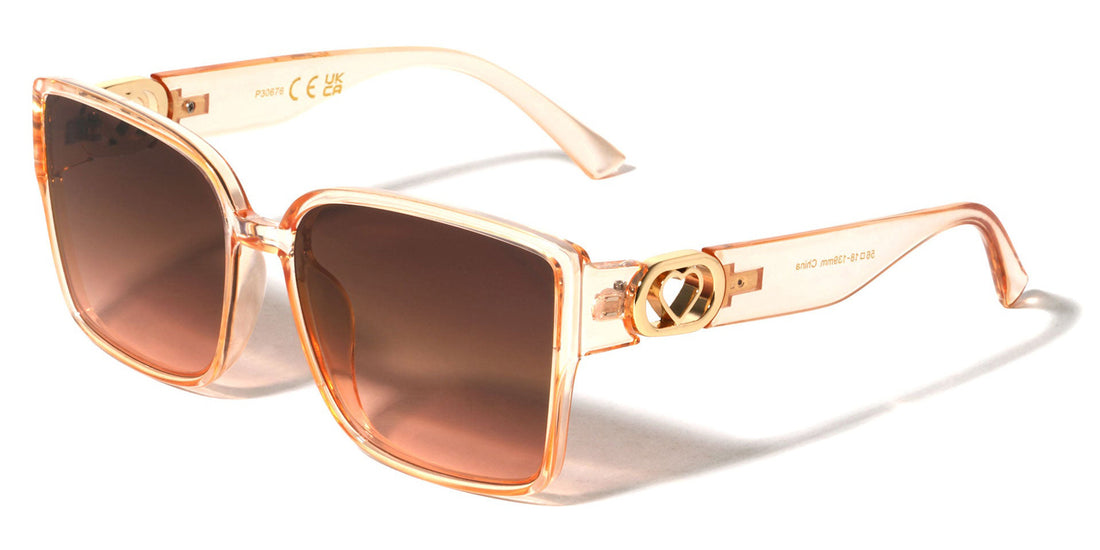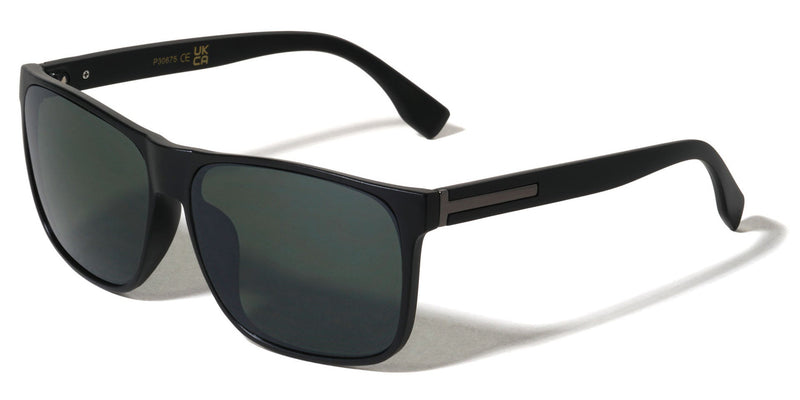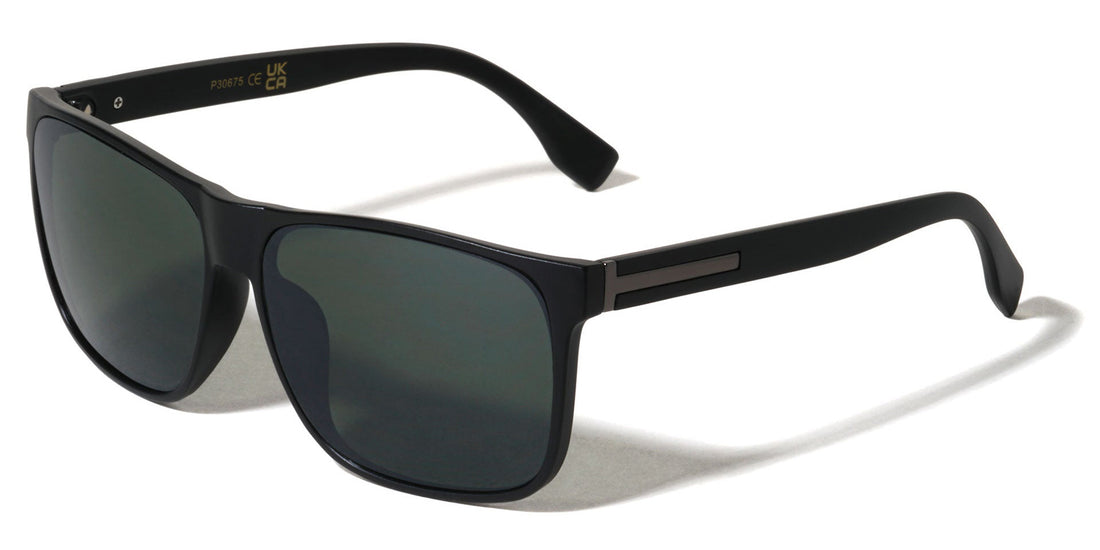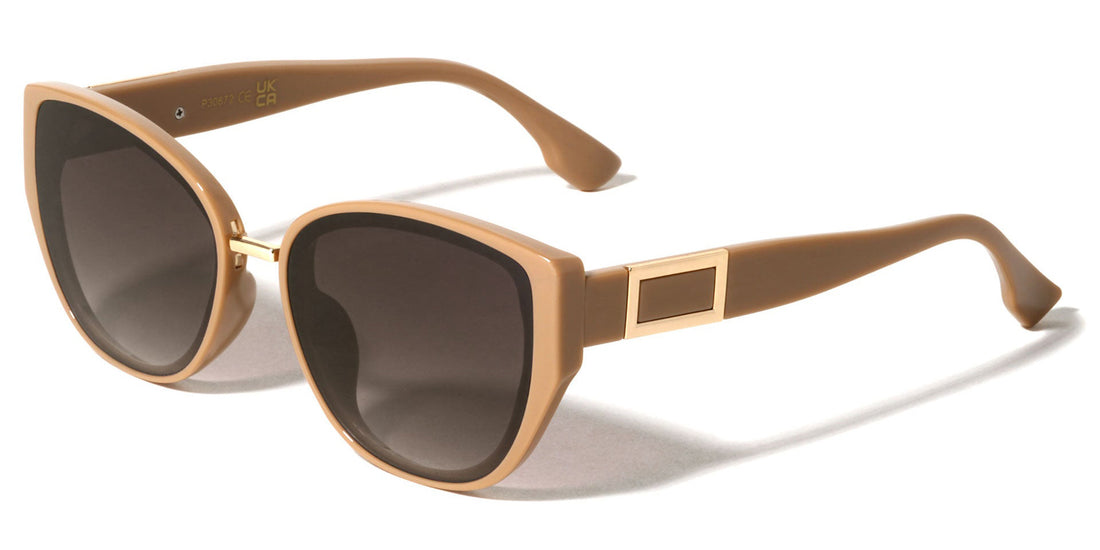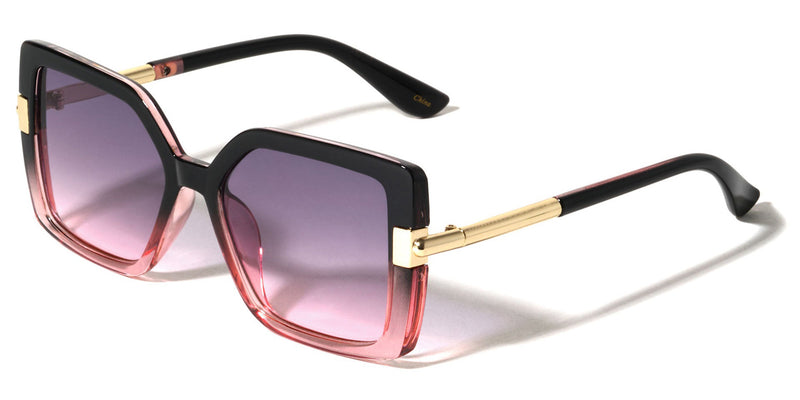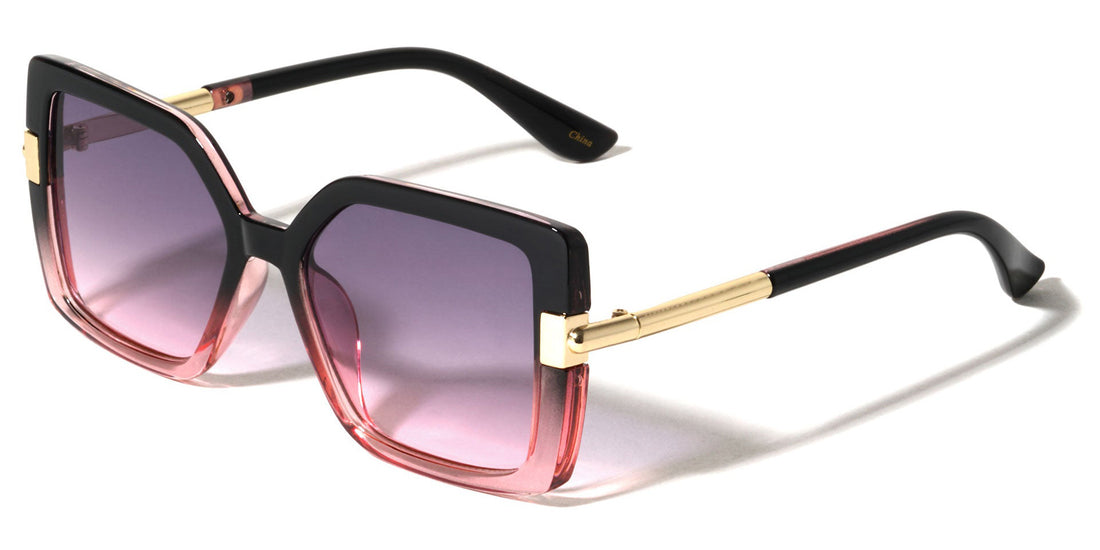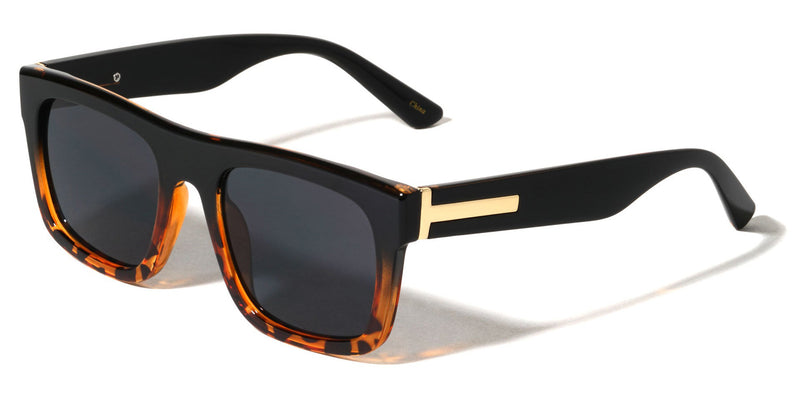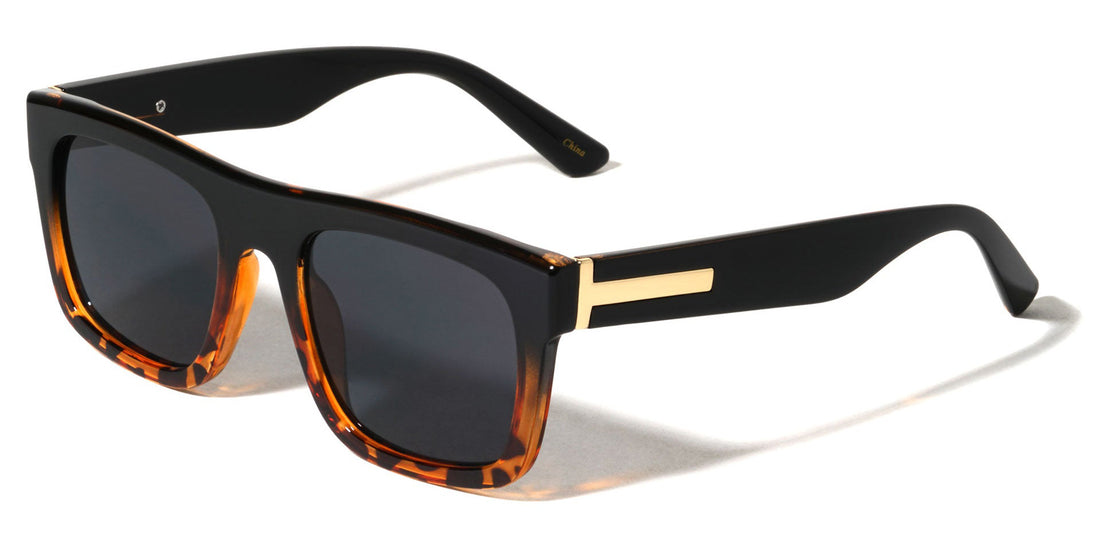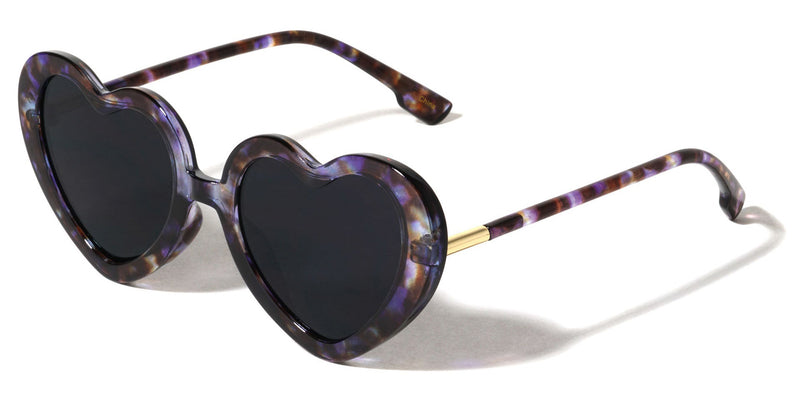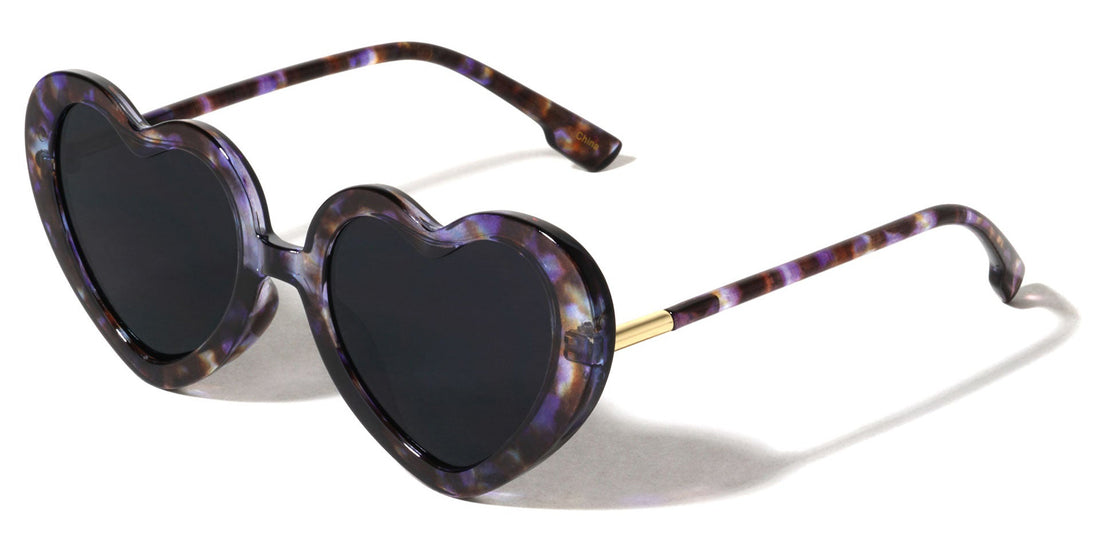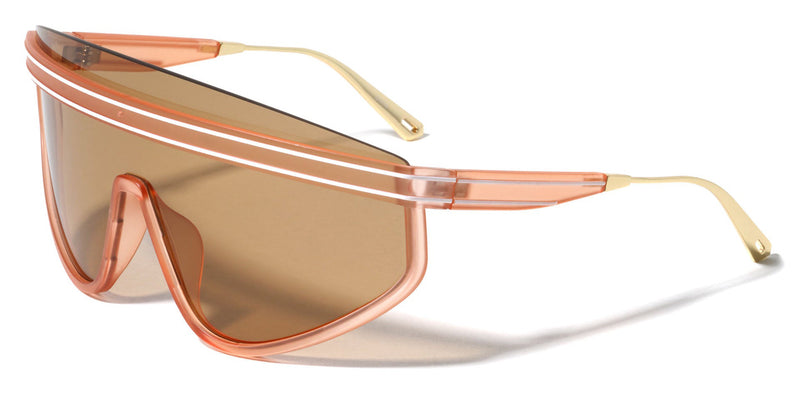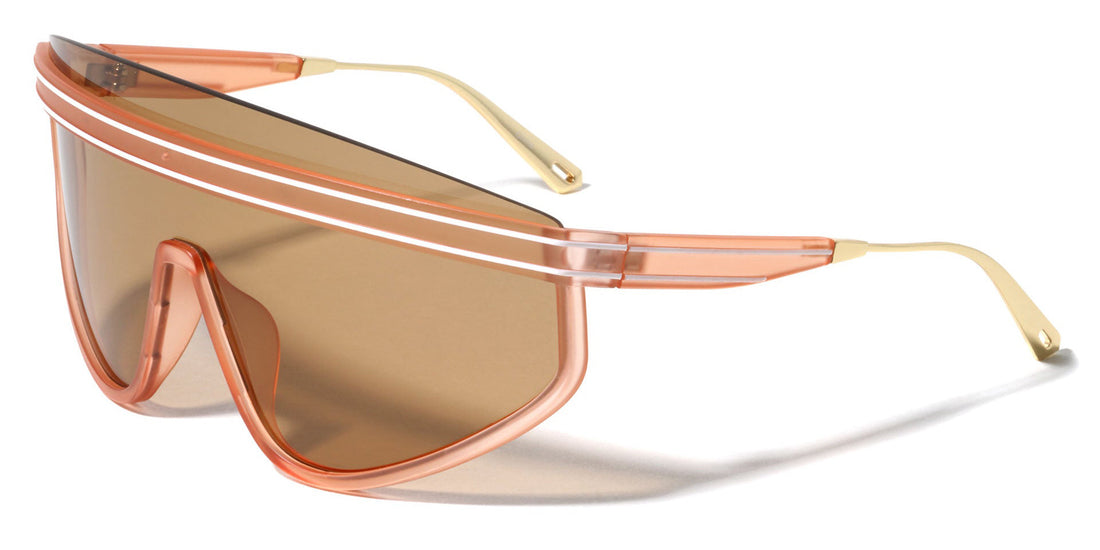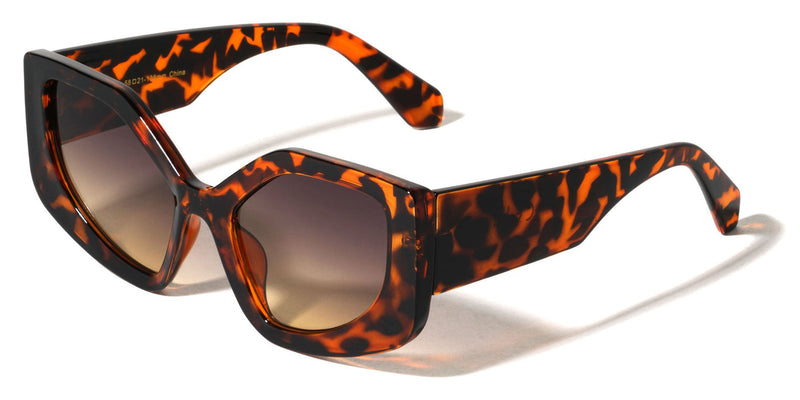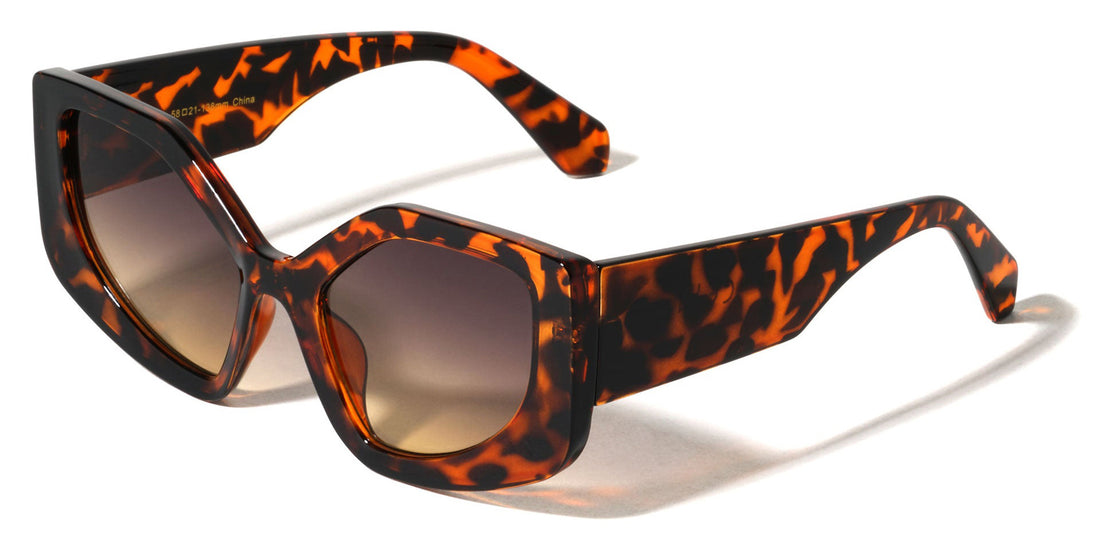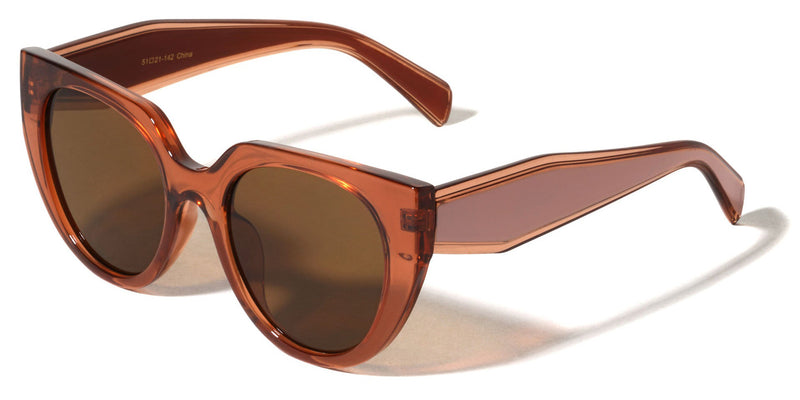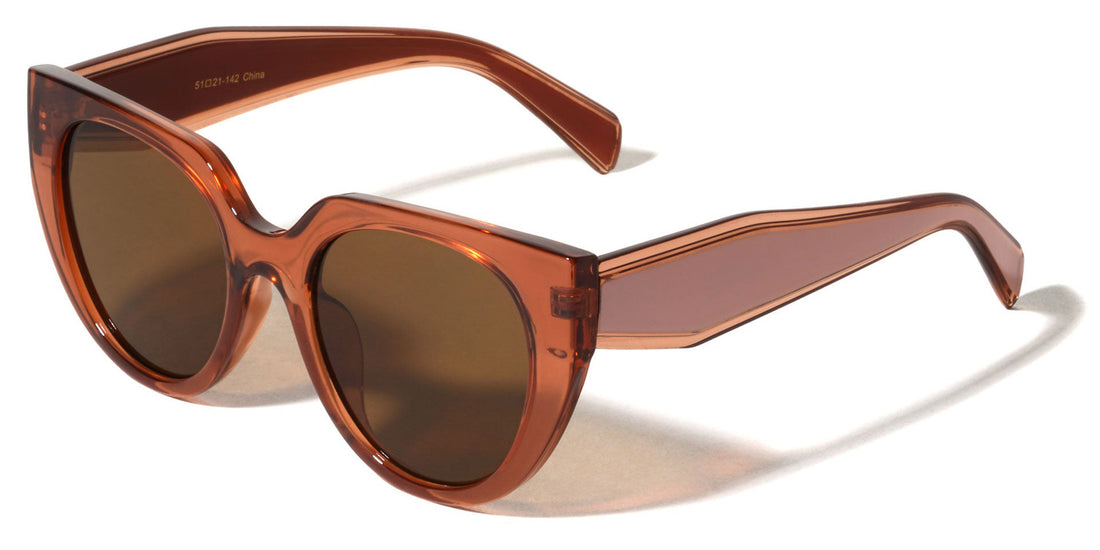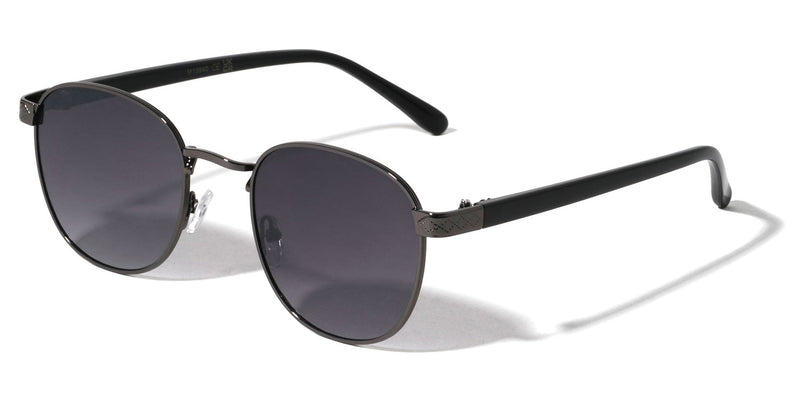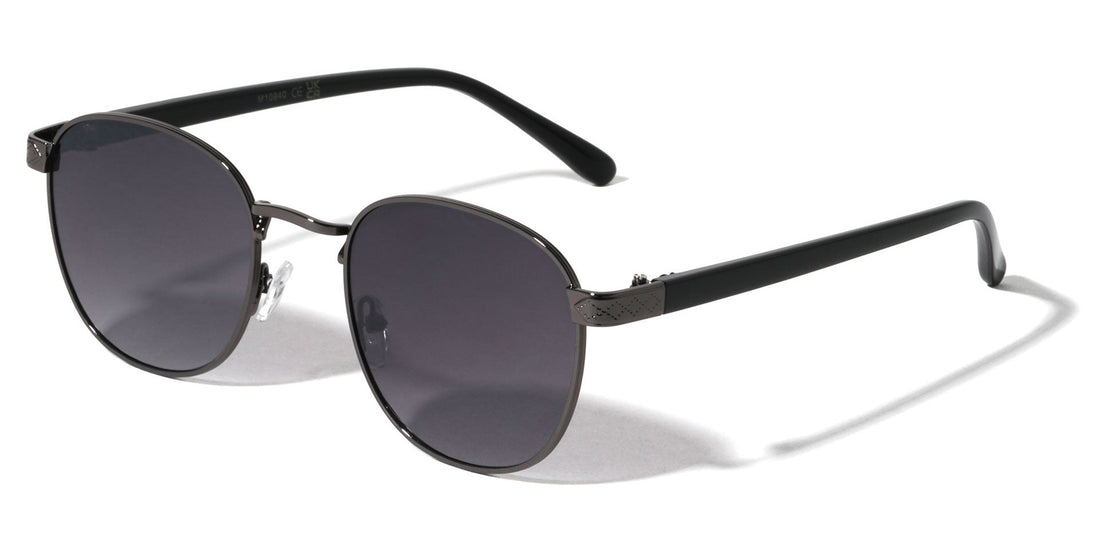Since there is no medical product, such as sunscreen, which can be applied directly to the eyes, this leaves one alternative to avoid unnecessary sun exposure: sunglasses. By choosing to avoid this precautionary article, people could be exposing their eyes to serious, irreversible side effects, including cataracts and sunburns.
More than simply a fashion statements, sunglasses help protect the eyes from cancer, including the following types of conditions:
- Iris – Light colored eyes are generally more susceptible to developing macular degeneration. While medical doctors are unsure why, they recommend that blue-eyed people consider wearing sunglasses frequently for maximum protection.
- Eye Whites – The white part of the eye is especially susceptible to sun damage, which can result in a condition known as pinguecula. This causes a thickening of the eye's conjunctiva. Normally this is a clear membrane that covers and protects the white part of the eye. This condition, however, causes yellow spots on the white part, especially near the eye's cornea. There is no danger that this condition will cause loss of eyesight, but it can easily become inflamed and irritated. Over time the conjuctiva can become thick, even growing over the cornea. This is a condition known as pterygium and may lead to loss of vision.
- Retina – This tissue is light sensitive and lines the back portion of the eye. The macula portion gives people detailed vision. If this begins to deteriorate, known as macular degeneration, it can cause blind spots or blurred vision. Studies show that there may be a link between macular degeneration and UV light exposure.
- Lens – Located directly behind the iris is a crystalline lens that allows the retina to focus light. If this lens becomes cloudy, it is the sign of cataracts. Some studies have shown that UV exposure can cause cataracts to develop sooner.
- Cornea – Sunburned corneas can cause temporarily blindness, which feels like a severe scratch.
- Skin – The skin around the eyes is very thin and delicate. Repeated exposure to damaging UV rays can cause skin cancer, age spots and even wrinkles.












